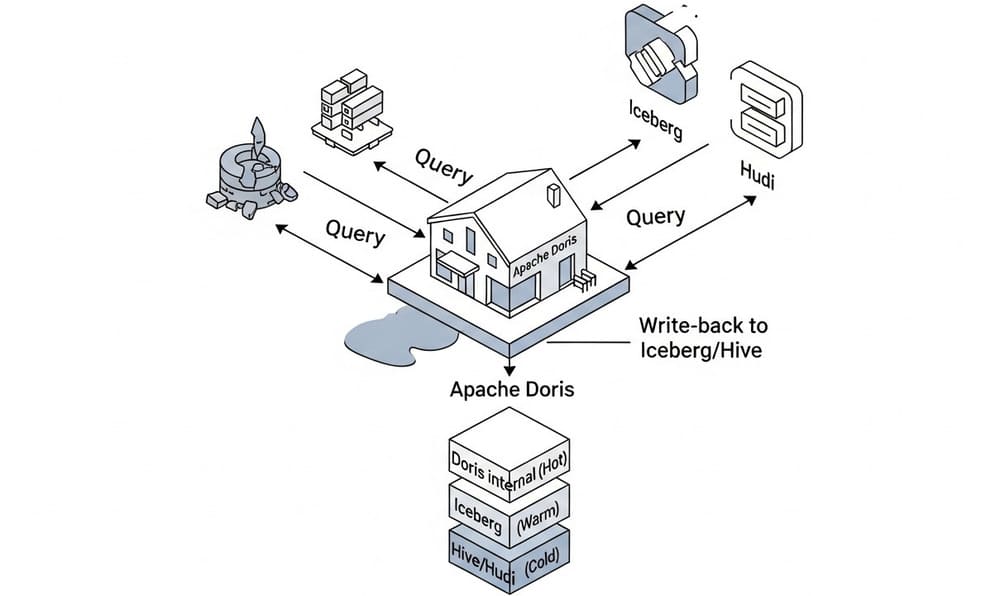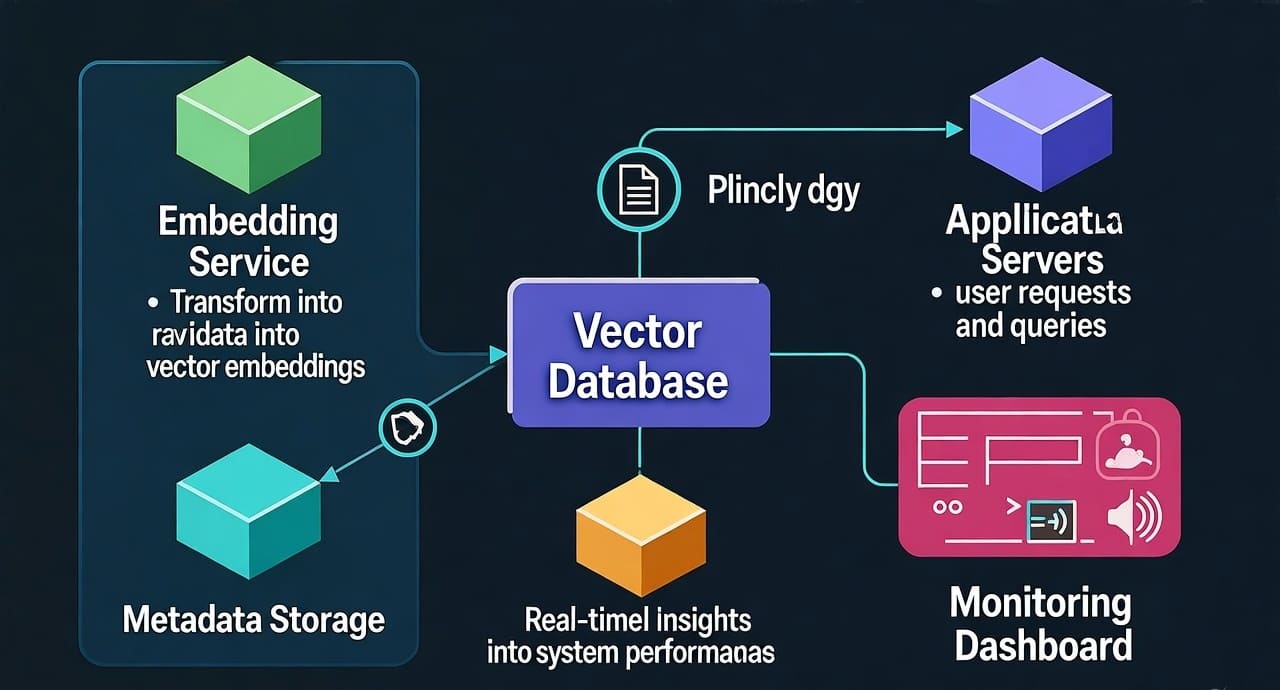Data Mesh vs. Data Lakehouse: Which Architecture Fits Your Business?
Breaking Down Two Modern Data Paradigms—and How to Choose Wisely
The data engineering landscape is no stranger to buzzwords, but two architectures have risen above the noise: Data Mesh and Data Lakehouse. Both promise to solve the scalability, agility, and governance challenges of today’s data-driven organizations—but they do it in radically different ways.
As a data leader or engineer, how do you decide which approach aligns with your business goals? Let’s dissect both architectures, explore their strengths and weaknesses, and uncover real-world scenarios where each shines.
The Problem with Traditional Architectures
Before diving into Data Mesh and Data Lakehouse, it’s worth asking: Why are legacy systems failing us?
Traditional centralized data warehouses and lakes often struggle with:
- Bottlenecks: Overburdened central teams slow down data delivery.
- Siloed Data: Domain-specific needs get lost in monolithic pipelines.
- Governance Nightmares: Balancing agility with compliance becomes impossible at scale.
This is where Data Mesh and Data Lakehouse step in—but they tackle these issues from opposite angles.
What Is Data Mesh?
Data Mesh flips the script on centralized data ownership. Inspired by microservices, it treats data as a product owned by domain-specific teams (e.g., marketing, supply chain, finance).
Core Principles:
1️⃣ Domain-Oriented Ownership: Teams closest to the data manage it.
2️⃣ Data as a Product: Data must be discoverable, self-describing, and secure.
3️⃣ Self-Serve Infrastructure: Central platforms provide tools for domains to build pipelines independently.
4️⃣ Federated Governance: Global standards without stifling domain autonomy.
Pros:
- Agility: Domains move faster without waiting for a central team.
- Alignment: Data products reflect business needs.
- Scalability: Ideal for large, complex organizations.
Cons:
- Cultural Shift: Requires decentralizing control—a challenge for hierarchical companies.
- Tooling Complexity: Federated governance demands robust metadata and observability tools.
What Is a Data Lakehouse?
Data Lakehouse merges the best of data lakes (flexibility) and warehouses (reliability). It’s a unified architecture built on open formats (Delta Lake, Apache Iceberg) that supports BI, ML, and streaming.
Core Features:
1️⃣ Unified Storage: Raw and processed data coexist in cost-effective cloud storage (e.g., S3, ADLS).
2️⃣ ACID Compliance: Ensures reliable transactions, even with concurrent users.
3️⃣ Multi-Engine Support: Query with Spark, Presto, or Python—no data movement required.
Pros:
- Cost Efficiency: Cheaper than maintaining separate lakes and warehouses.
- Flexibility: Supports structured, semi-structured, and unstructured data.
- Simplicity: Easier to implement than overhauling organizational culture.
Cons:
- Centralized Risk: Still relies on a central team for governance and optimization.
- Performance Tradeoffs: May lag behind purpose-built warehouses for pure SQL workloads.
Head-to-Head: When to Use Which?
Choose Data Mesh If…
- Your organization has multiple domains with distinct data needs (e.g., a global retailer with regional teams).
- Speed and autonomy are critical (e.g., a fintech company launching new products rapidly).
- You’re ready to invest in cultural change and federated tooling (e.g., data catalogs like Collibra).
Real-World Example: A healthcare provider adopted Data Mesh to let clinical, billing, and R&D teams own their data. Compliance was maintained through federated governance, while domain teams built tailored pipelines for patient analytics and drug research.
Choose Data Lakehouse If…
- You need a single source of truth for BI, ML, and unstructured data (e.g., a media company analyzing video metadata and user logs).
- Cost and simplicity are priorities (e.g., a startup scaling its analytics without a large team).
- You’re already using cloud storage and want to avoid vendor lock-in.
Real-World Example: An e-commerce company migrated from a legacy warehouse to a Lakehouse (Delta Lake + Databricks). They reduced costs by 40% and enabled real-time recommendations using ML models on raw clickstream data.
Hybrid Approaches: The Best of Both Worlds?
Why not combine them? Progressive organizations are experimenting with:
- Data Mesh on Lakehouse: Domain teams build data products on a shared Lakehouse infrastructure.
- Centralized Governance with Domain Lakes: Use a Lakehouse for raw data, then let domains curate their own “mini-meshes.”
Example: A logistics giant uses a central Lakehouse for IoT sensor data, while regional teams manage customer analytics as domain-specific data products.
How to Decide: 4 Key Questions
- Is your organization centralized or decentralized?
- What’s your team’s maturity?
- Do you need real-time and advanced analytics?
- What’s your budget?
The Verdict
- Data Mesh is a cultural evolution for enterprises ready to decentralize.
- Data Lakehouse is a technical evolution for teams prioritizing unified analytics.
Neither is “better”—it’s about aligning with your business DNA.
Actionable Next Steps
- Pilot First: Test Data Mesh in one domain or build a Lakehouse proof-of-concept.
- Invest in Observability: Tools like Great Expectations or Monte Carlo are critical for both architectures.
- Upskill Teams: Train engineers on domain-driven design (for Mesh) or modern Lakehouse tools (e.g., Apache Iceberg).
Let’s Discuss Have you implemented Data Mesh or Lakehouse? What challenges did you face? Share your story below—let’s learn from each other!










Leave a Reply